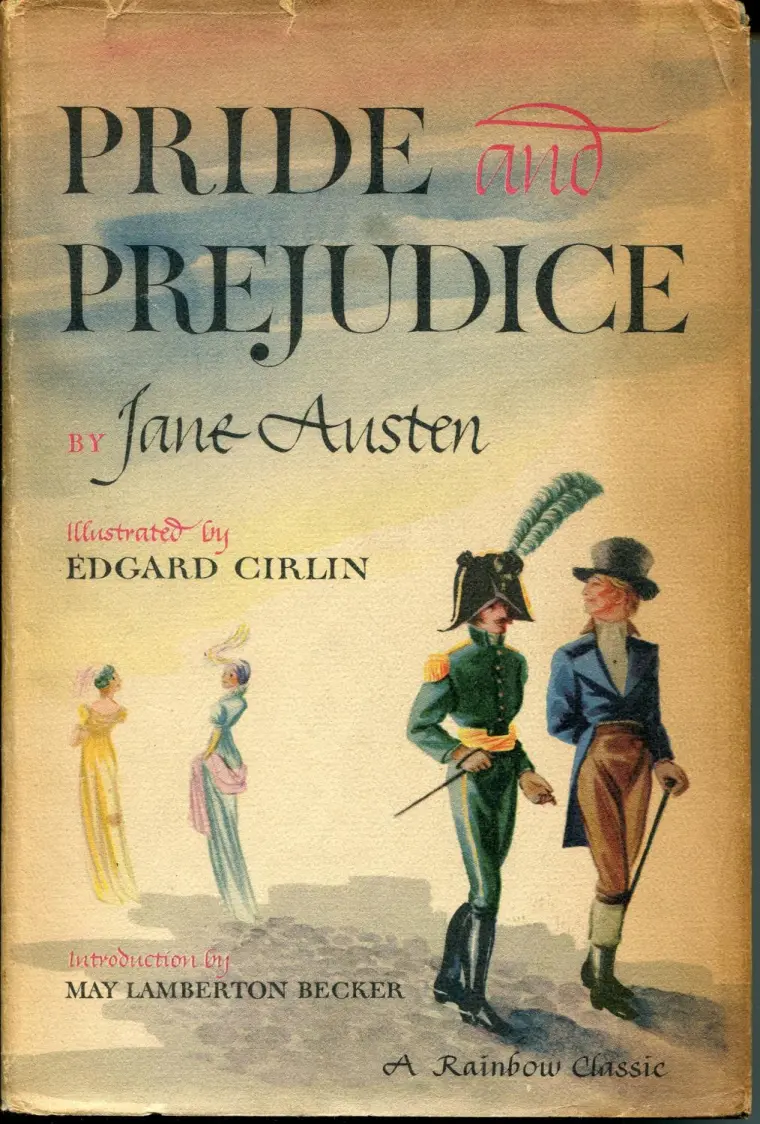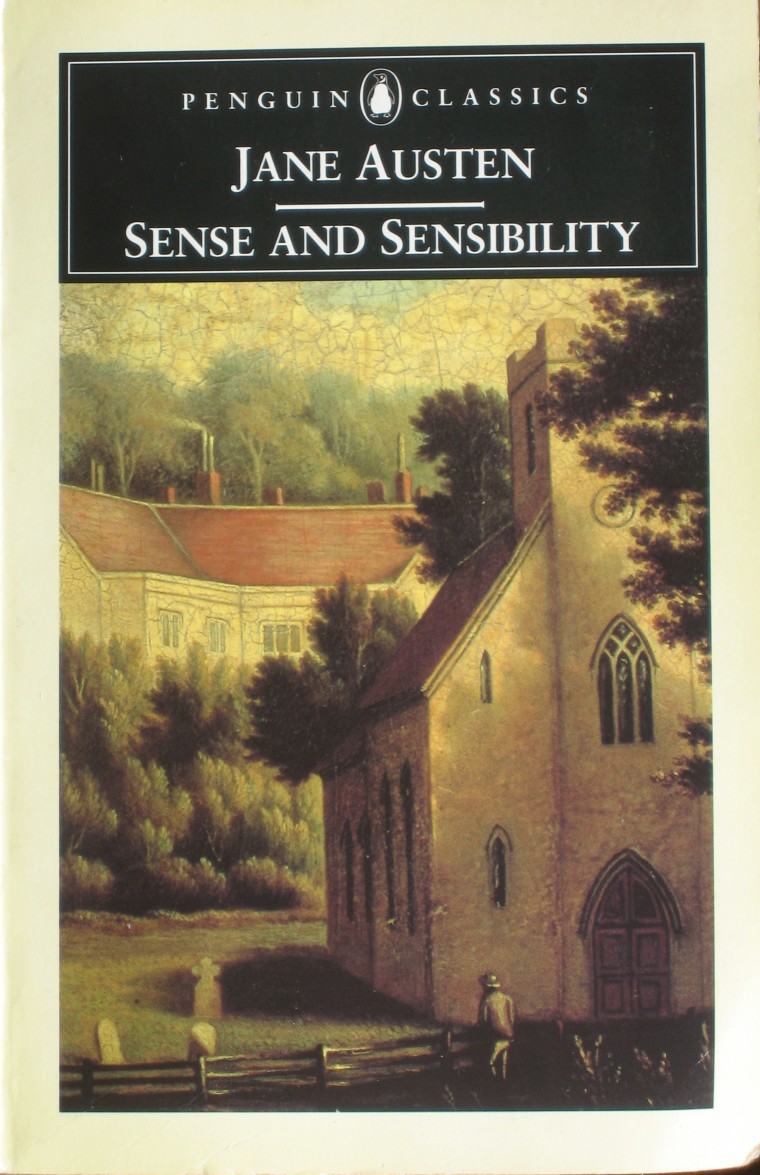How to Write like Jane Austen
For all the praises that literary scholars and countless book clubs put on Jane Austen, one of the most virtuosic novelists in English literature is still misunderstood today. Some see […]
Learn Literature Now
For all the praises that literary scholars and countless book clubs put on Jane Austen, one of the most virtuosic novelists in English literature is still misunderstood today. Some see […]
For all the praises that literary scholars and countless book clubs put on Jane Austen, one of the most virtuosic novelists in English literature is still misunderstood today. Some see her novels as dinner-party rabble and the relics of the British Empire at its most stodgy. What most people overlook is that Austen, iconoclastic and quiet in the tempestuous social circles of the day, saw through the veneer slow rural life and pointed out the frailty of human existence while also portraying its most redemptive aspects.
She understood that we needed to follow certain manners and etiquette in this world, but she also looked down on the people. As John F. Burrows puts it, her legacy as one of the greatest writers boils down to “her economy of description, her customary formality of tone, her subtle mingling of styles, and her creation of so smooth a surface that every ripple repays our attention.”
Jane Austen wrote six novels, most of them set in the Hampshire countryside where she lived her whole life. Although she was not immensely popular during her lifetime, she was one of the defining figures of early 19th century literature, and was perhaps the sharpest of the many female novelists who emerged at the time, include Ann Radcliffe, Maria Edgeworth and Mary Shelley. She is arguably responsible for leading one of the first women-lead artistic golden ages.

You don’t need to know much about Jane Austen to write like her. What you do need to know, however, is what makes people tick, how they act in social situations and how such situations are controlled, implicitly, by the people inhabiting them. Without such a skill-set, you won’t be able to be as sharp, observant and witty as Jane Austen is (and honestly, 99.9% of us will not, either, but it’s worth a try!).
Here are six tips to write like Jane Austen:
1.In most of Jane Austen’s novels, narrative (as opposed to dialogue) makes up only about half of the content. Use description to set up the characters, the places and the circumstances, but move the novel forward using dialogue.

Her narrative contains a lot of hidden irony and humor that you simply can’t overlook if you want to write like Austen. Consider the opening passage of perhaps her greatest novel, Emma, and how Austen combines her “praises” with a particular backhandedness:
Emma Woodhouse, handsome, clever, and rich, with a comfortable home and happy disposition, seemed to unite some of the best blessings of existence; and had lived nearly twenty-one years in the world with very little to distress or vex her.
It’s funny because, for a 20-year old, being pretty, conniving and wealthy are great virtues, but much of the novel is concerned with events that deny such a claim. She also seems to bring together “The best blessings of existence” but does not actually (though without close reading, you may probably be fooled). That is why the modern film adaptation of the novel, Clueless, takes place in a high school where such an attitude may at first be rewarded with popularity, but will soon bring real-life consequences.
2. Jane Austen was one of the first novelists to use Free Indirect Discourse (FID) to portray her characters. Basically, FID is a way of writing narrative that incorporates the thoughts, opinions or general set of vocabulary that the character in question would use.

Jane Austen uses FID to point out the often-deluded perception of her characters by contrasting the description with conventional, objective speech. Going back to the opening lines of Emma, the title character believes she is “handsome, clever, and rich”, but the ambiguous nature of the descriptors (clever as in smart or clever as in manipulative? rich as in wealthy or rich as in full of goodness?) invoke both the vanity of the protagonist and the doubts of the narrator.
3. One of the most stereotypical misconceptions of the Austinian novel is that it’s full of brooding, romantic, Colin-Firth-types who profess their love like no other. The reality is, however, that these characters are masters of subtlety, and pique the interest of the protagonists (and the readers) with sustained language. Consider this piece of dialogue from Pride and Prejudice between Elizabeth and Darcy:

On his approaching them soon afterwards, though without seeming to have any intention of speaking, Miss Lucas defied her friend to mention such a subject to him; which immediately provoking Elizabeth to do it, she turned to him and said:
“Did you not think, Mr. Darcy, that I expressed myself uncommonly well just now, when I was teasing Colonel Forster to give us a ball at Meryton?”
“With great energy; but it is always a subject which makes a lady energetic.”
Elizabeth is trying to bait Darcy into individualizing her (“uncommonly well”), and is doing so with the suggestion of flirtatiousness (“teasing”). Darcy acknowledges her question, but then almost immediately removes himself from the equation by making an aphoristic statement. This push and pull is not a “setup” in Austen’s work, it’s the meat of the story.
4. Although she is sometimes criticized for only portraying the upper class, dinner-party culture of Aristocratic England, the context actually helps her readers find specific distinctions between characters. Since all of the characters are attempting to emulate a certain type of speech, small deviations from the norm emphasize distinction but permit the illusion of gallant merrymaking alive.

To write like Jane Austen, force your reader to make the distinctions instead of pointing them out to us. Readers who pay little attention to your work may not notice the grudges and love affairs implicit in dinner table conversation, but the lion’s share of the reward goes to those who invest their eyes and ears into the dialogue. As John F. Burrows puts it in his essay, “Style”,
“Jane Austen displays a characteristic preference for ‘shallow modelling’ Since this allows the reader’s attention to be concentrated on subtler differences of attitude among her characters.”
Subtlety is key. Use language that leads your readers to the “little things”, so to speak.
5. The traditional Austinian heroine (or in some cases, hero) must often overcome their own delusions and eventually get a “reality check” that turns their life around. As I mentioned before using, Free Indirect Discourse can make help frame your characters as narcissists, social justice warriors or paranoiacs, just to name a few examples.
Emma Woodhouse sees herself as heroic for matchmaking, but her abidance to social hierarchies causes her to malevolently shun the poor Miss Bates. On the other hand, Catherine Morland from Northanger Abbey is so caught up in Gothic fantasy that she fishes for any creak, bump or flutter in the night to arouse her senses:
Human nature could support no more. A cold sweat stood on her forehead, the manuscript fell from her hand, and groping her way to the bed, she jumped hastily in, and sought some suspension of agony by creeping far underneath the clothes. To close her eyes in sleep that night, she felt must be entirely out of the question.
Catherine only feels fear because she wants to. Austen shows us that her fear is caused by her wish to be scared and nothing else. To write like Jane Austen, always look for these power-of-suggestion personality traits in people. A good example, from the point of view of a writer, is that many of us say we write more than we actually do. Exploiting such dissonance is funny.
6. Secondary characters in Jane Austen’s novels are often defined by the upward or downward mobility within the strict hierarchical system of Aristocratic British life.

Although this may seem a little dated, shows like House of Cards and The Wire contain dozens of secondary characters whose primary conflict in the story is such mobility. To use Emma as an example, the title character tries to set up her friend Harriet with Mr.Elton, but she does not realize that he is actually chasing her (and the supplementary dowry). Elton, a rakish vicar, is primarily defined by his social motives above anything. Again, you don’t need to make every character extremely complex, but having secondary characters of the sort reasserts the tensions of social life, even if existence seems “easy”.
—
Thanks to The Cambridge Introduction to Jane Austen and Project Gutenberg for references.
If you have any feedback, or any suggestions yourself, feel free to leave them in the comments.
Reblogged this on Creative Writing Study Group and commented:
Good points, worth considering.
To be able to write like the novels of Jane Austen, you first need the same level of education. In the 18th century people had an education first, and only then wrote. The author knew Latin and Greek texts in the original language and spoke fluent French. The style of the novels is based on Latin models and especially the unrivalled prose style of the Roman historian, Tacitus.
I agree with Mr. Ennos, but will go a step farther. To attempt to write like Jane Austen would be a mistake for any modern writer. One may profitably study and emulate her techniques, but not her writing style, which is a product of and a reflection of an historic period which no longer exists. A new book written in Austen’s style would never be published today – in fact, it has been tried: some years back, a published writer, as a joke, submitted a few chapters of Pride and Prejudice to a major New York publisher with a standard proposal and plot outline; it was promptly rejected as unsuitable. Austen is published today solely because her name is a brand, perpetuated by university courses, and because no royalties are owed. The literary quality of her writing is actually a commercial detriment.
The hierarchical society in which Austen lived and the inferior legal, social, and financial status of women at that time occasioned much of her subtlety and wit. Modern society is more egalitarian, defined by a dull sameness, and women are far more liberated. We live more casual and less restricted lives. When is the last time you went to a ball? Or saw women shopping in fancy dresses? Or rode in a carriage? Or couched your speech in metaphors to satisfy social expectations on a matter of any importance? To describe the modern world in Austen’s style would be pretentious and silly. Ours is a frank, plain-spoken society, with little subtlety and less grace.
If Austen herself was alive today, she would adapt her style to the times – and be the worse for it. Indeed, in the modern era, Austen by any other name would find people unwilling to give up their cell phones, video games, TVs, and digital movies long enough to actually read her books – those who still can. Ours is not a literary age. It is a barely literate one. Sadly, the audience for Austen’s literary style is as dead as she is, and we few who read and appreciate Austen’s writing today are no more representative of our age than the dodo bird.
Great readinng